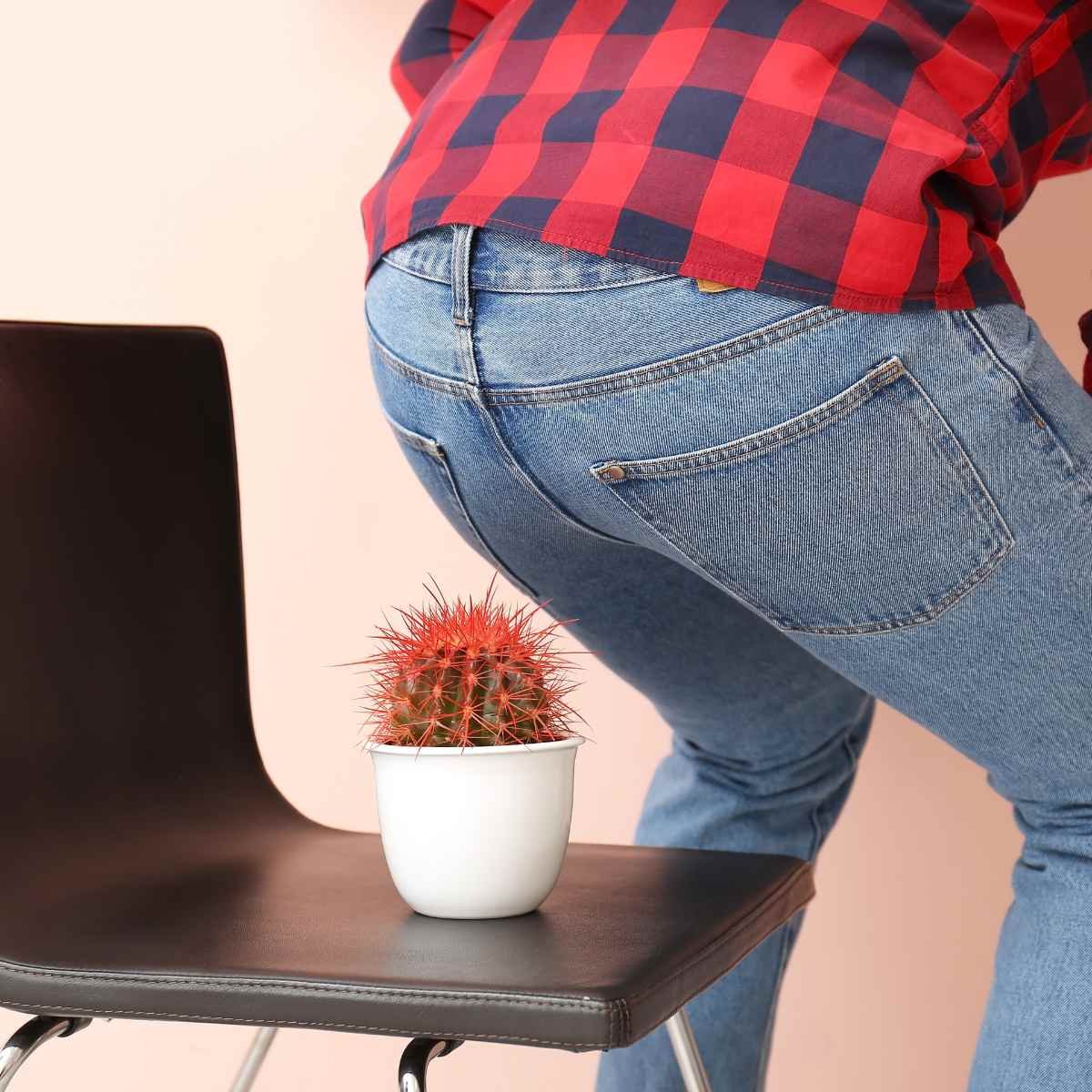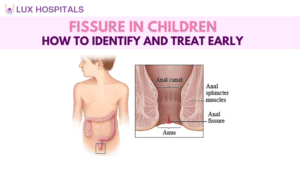Reasons for Piles: Game-Changing Tips for Relief and Prevention

Symptoms of Piles
The symptoms of hemorrhoids can differ based on their type and how severe they are. Common symptoms include:
Bleeding: One of the most noticeable signs of piles is the presence of bright red blood on toilet paper or in the toilet bowl after a bowel movement. This is a key indicator when considering what are the reasons for piles.
Pain: External piles often cause pain, particularly if they are thrombosed or irritated. This pain can be sharp and persistent.
Itching: Persistent itching around the anus is common with external piles and can be very uncomfortable.
Swelling: External piles may cause visible lumps and swelling around the anus.
Discomfort: Internal piles can create a sensation of fullness or pressure in the rectum, which can be uncomfortable.
Recognizing these symptoms is essential for early diagnosis and effective management of piles.
Reasons of Piles
So, what are the reasons for piles? Various factors can lead to the development of hemorrhoids.
Increased Pressure on Rectal Veins: Straining during bowel movements due to constipation or diarrhea is a primary cause of piles. The increased pressure on the veins in the rectum and anus can lead to their swelling and formation of piles.
Pregnancy: The expanding uterus places extra pressure on the pelvic veins, which may result in hemorrhoids. Hormonal changes during pregnancy also play a role in their development.
Prolonged Sitting: Sitting for long periods, particularly on the toilet, increases pressure in the rectal area, contributing to the development of piles. This is a significant factor to consider when understanding what the reasons for piles are.
Obesity: Excess weight adds additional pressure to the rectal veins, increasing the risk of piles. Managing weight through diet and exercise can help mitigate this risk.
Genetic Factors: A family history of piles can increase the likelihood of developing the condition. Genetic predisposition is a significant factor when considering what are the reasons for piles.
Aging: As people age, the tissues supporting the rectal veins can weaken, making piles more likely to occur. Aging contributes to the gradual development of piles.
Chronic Coughing: Conditions that cause chronic coughing, such as asthma or chronic bronchitis, can lead to increased abdominal pressure and contribute to the formation of piles.
Understanding these causes helps in preventing and managing piles more effectively.
Risk Factors
Several risk factors can increase the likelihood of developing piles. While some risk factors are beyond control, others can be managed:
Diet: A diet low in fiber can lead to constipation, which is a major risk factor for piles. Increasing fiber intake by consuming more fruits, vegetables, and whole grains can help prevent constipation and reduce the risk of piles.
Sedentary Lifestyle: Lack of physical activity can lead to constipation and poor circulation, raising the risk of piles. Regular exercise is essential for maintaining digestive health and reducing the risk of piles.
Heavy Lifting: Frequently lifting heavy objects increases abdominal pressure, contributing to the development of piles. Using proper lifting techniques and avoiding excessive lifting can help manage this risk.
Chronic Diseases: Conditions that cause chronic straining or bowel issues, such as chronic diarrhea or inflammatory bowel disease, can elevate the risk of piles.
By addressing these risk factors, individuals can take proactive steps to lower their risk of developing piles and improve their overall health.
Diagnosis of Piles
Diagnosing piles involves several steps to accurately identify the condition and determine the most appropriate treatment:
Medical History: Your healthcare provider will review your medical history, including symptoms, bowel habits, and any family history of piles, to understand the context and determine what are the reasons for piles.
Physical Examination: A physical examination, including a visual inspection of the anal area, helps identify external piles and assess their severity.
Digital Rectal Exam: A gloved, lubricated finger is inserted into the rectum to feel for internal piles and evaluate their condition.
Anoscopy: An anoscope, a small, flexible tube with a light, is inserted into the rectum to view internal piles directly and assess their severity.
Sigmoidoscopy or Colonoscopy: For a comprehensive examination, especially if other conditions are suspected, a sigmoidoscopy or colonoscopy may be performed to examine the colon and rectum.
Accurate diagnosis is crucial for effective treatment and management of piles.
Treatment of Piles
Treatment options for piles depend on their severity and type. Here’s a detailed look at common treatments:
Lifestyle and Dietary Changes: Increasing fiber intake, staying hydrated, and engaging in regular physical activity can help prevent and manage piles by reducing constipation and straining.
Over-the-Counter Remedies: Creams, ointments, and suppositories designed for hemorrhoids can provide temporary relief from pain, itching, and inflammation.
Medical Procedures:
Rubber Band Ligation: A rubber band is placed around the base of the piles to cut off blood supply, causing the piles to shrink and eventually fall off.
Sclerotherapy: A chemical solution is injected into the piles to shrink them.
Infrared Coagulation: Infrared light is used to coagulate the blood vessels in the piles, leading to their shrinkage.
Surgery: For severe cases, surgical options such as hemorrhoidectomy (removal of piles) or stapled hemorrhoidopexy (stapling the piles to reduce blood flow) may be necessary.
Home Remedies: Soaking in a warm bath, applying ice packs, and using witch hazel can offer symptomatic relief from piles.
Consulting with a healthcare provider is essential to determine the most appropriate treatment based on individual needs and the severity of the piles.
Conclusion
Understanding what the reasons for piles is essential for effectively managing and alleviating this common condition. By exploring the causes, symptoms, and treatment options, you can take proactive steps to address piles and improve your quality of life. Early diagnosis and appropriate treatment are key to managing this condition and preventing potential complications.
Frequently Asked Questions
Piles, or hemorrhoids, are swollen veins in the lower rectum or anus. They are a common condition that affects many people, ranging from mildly uncomfortable to severely painful.
The main reasons for piles include increased pressure on rectal veins from straining during bowel movements, pregnancy, prolonged sitting, obesity, genetic factors, aging, and chronic coughing.
Preventing piles involves maintaining a high-fiber diet, staying hydrated, exercising regularly, avoiding prolonged sitting, and managing weight to reduce the risk of constipation and straining.
You should consult a healthcare provider if you experience persistent bleeding, severe pain, or if symptoms do not improve with over-the-counter treatments.
Treatment options for piles range from lifestyle and dietary changes to over-the-counter remedies, medical procedures, and surgery, depending on the severity of the condition.




















